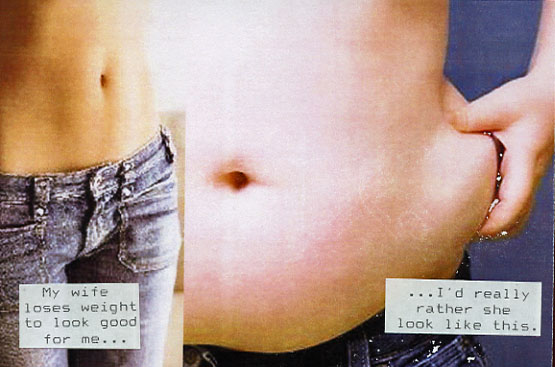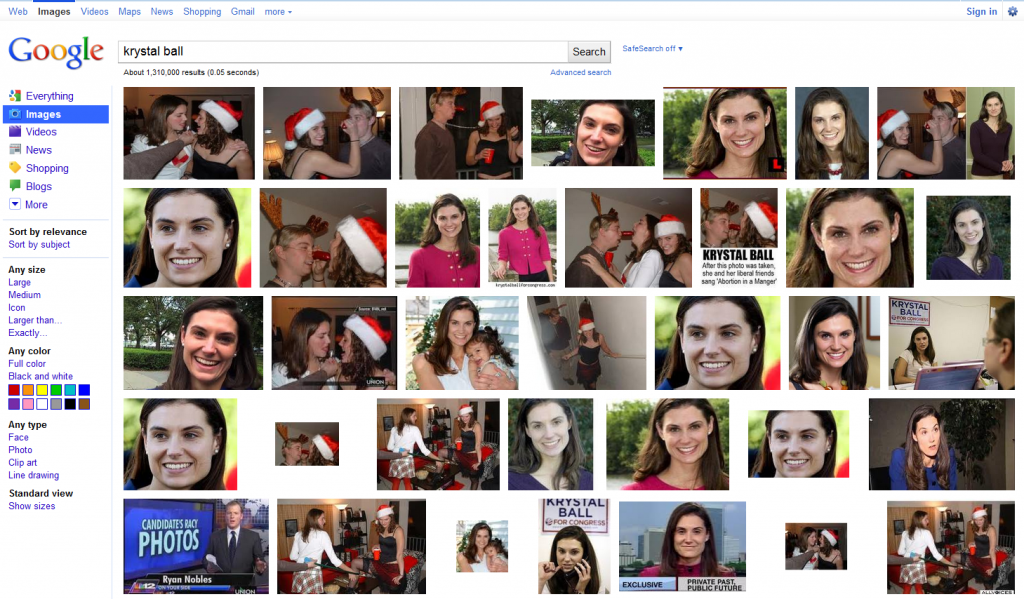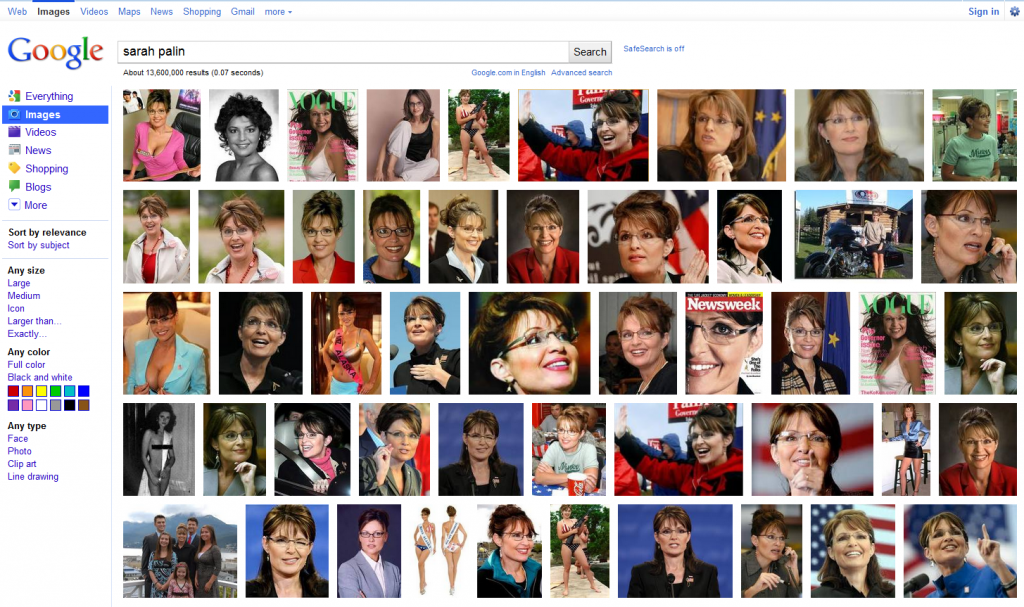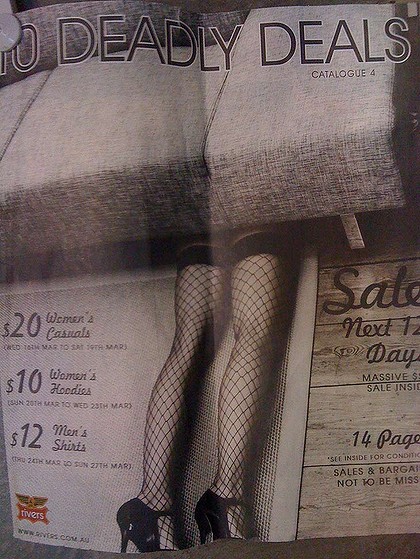Many Westerners are constantly reminded that (very) thin women are sexy to men and (even slightly) chubby women are not. In fact, men’s desires vary quite tremendously and often include a much wider range of body types than the media would have us believe. This is often kept secret not just by media executives, but by men themselves who might feel “weird” if they don’t prefer the culturally ideal type.
Both of these facts are nicely illustrated with this single example, from PostSecret, in which a man feels the need to confess that he prefers his wife chubby, even though she diets to try to “look good” for him.
Lisa Wade, PhD is an Associate Professor at Tulane University. She is the author of American Hookup, a book about college sexual culture; a textbook about gender; and a forthcoming introductory text: Terrible Magnificent Sociology. You can follow her on Twitter and Instagram.

















